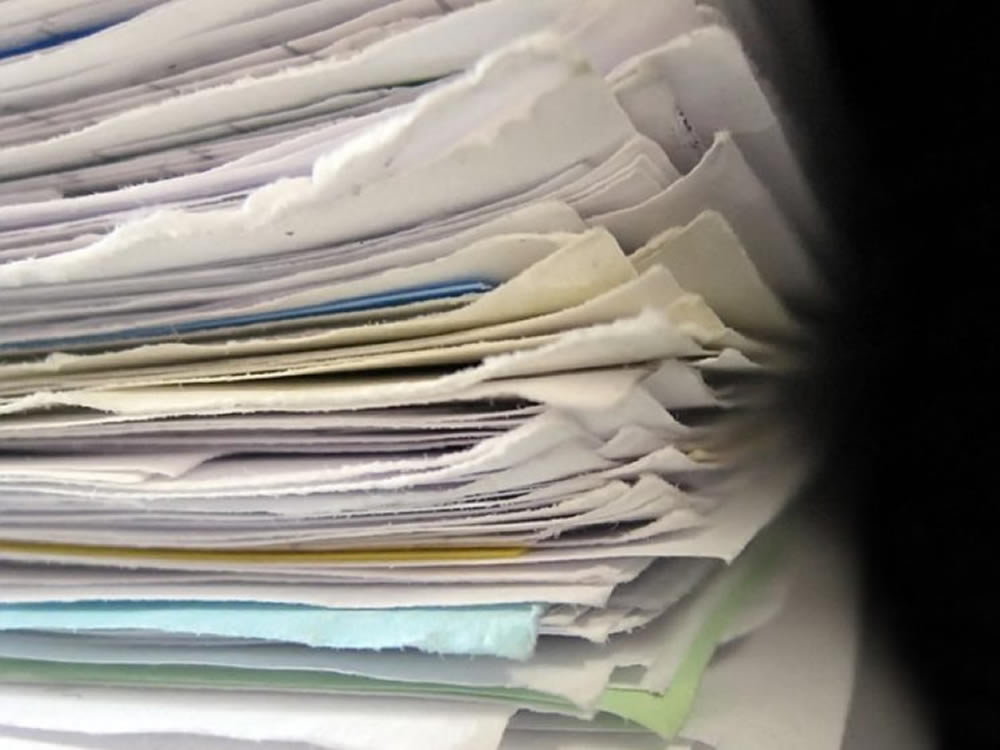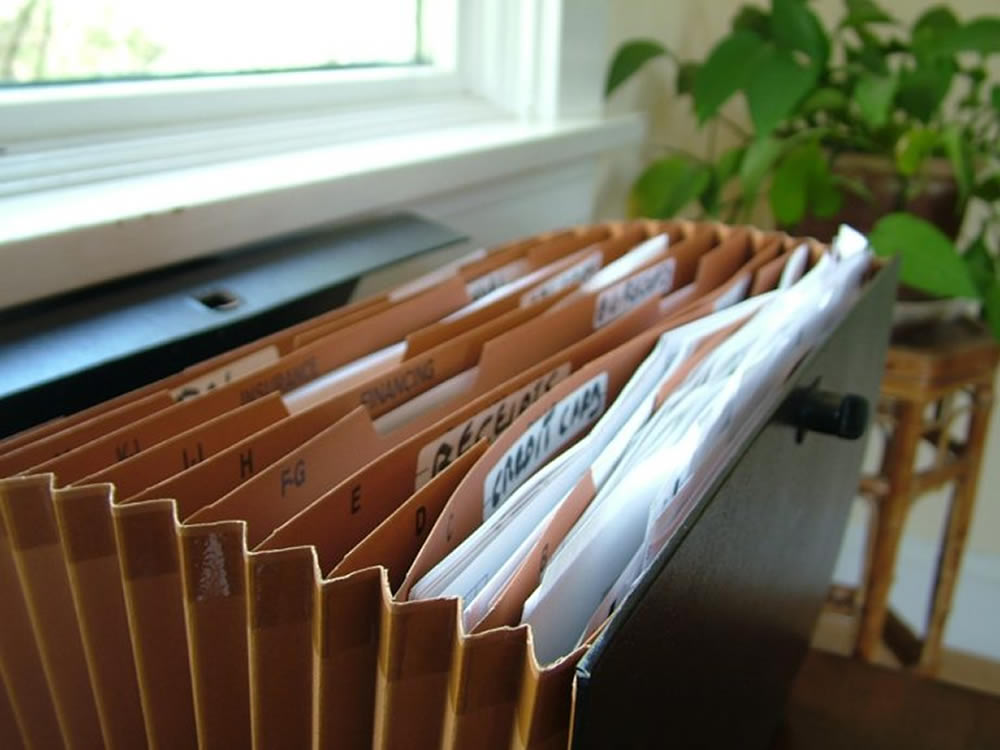If you’re like most people, you’d love to reduce the clutter in your life. This includes paperwork, particularly the volumes of home expense receipts.
SageVest Wealth Management advisors are often asked what you need to keep versus what you can toss. Here’s a quick overview on how to make sure you have what you need to reduce any taxable gain exposure on your house when it’s sold, while opening up some valuable living space in the meantime.
Let’s start with the easy stuff first. Here’s what you can TOSS:
1) Expenses related to normal repairs and maintenance on your home help to keep your property in good condition, but they don’t add to your cost basis. While you might want these records for personal information, receipts relating to general home repairs are not necessary for tax purposes (with one exception – see below). Examples include:
- painting (interior or exterior)
- fixing leaks
- filling holes or cracks
- replacing broken hardware
2) Any costs of improvements that are no longer part of your home. You should keep the most recent records, but you can toss earlier receipts. Examples include:
- wall-to-wall carpeting that you installed but later replaced
- a fence that you installed but later rebuilt
3) Any costs of improvements whose life expectancy, when installed, was less than 1 year.
Now we’ll move onto the important stuff. Here’s what you need to KEEP:
1) All original documents and files pertaining to the purchase of your home.
- If you received the property as a gift, be sure to obtain the cost basis from the person who gifted it to you.
- If you received the property as part of an inheritance, obtain necessary estate valuation reports to substantiate your basis in the property.
2) Expenses for improvements that add to the value of your home, prolong its useful life, or adapt it to new uses are important records to keep. These add to the cost basis of your home, thereby reducing tax exposure upon sale. Examples of improvements that increase basis include:
| Additions | Insulation | Systems | |
| Bedroom | Attics | Heating | Furnace |
| Bathroom | Walls | Central AC | Duct work |
| Deck | Floors | Air/water filtration | Central humidifier |
| Garage | Pipes | Wiring | Central vacuum |
| Porch | Duct work | Security | Sprinkler |
| Patio | |||
| Plumbing | Interior | Exterior | Lawns & Grounds |
| Septic system | Built-in appliances | Storm windows | Landscaping |
| Water heater | Kitchen renovation | Storm doors | Driveway |
| Soft water system | Flooring | New roof | Walkway |
| Filtration system | Wall-to-wall carpet | New siding | Fencing |
| Fireplace | Satellite dish | Retaining wall | |
| Swimming pool | |||
Note: You CAN include repair-type work if it’s done as part of an extensive remodeling or restoration job. For example, replacing broken windowpanes is a repair that does not add to your home’s basis. However, replacing the same windowpanes as part of a house remodeling project counts as an improvement, so you should keep the relevant documentation in that case.
3) If you contracted to have your house built on land that you own, keep those records, including:
- The cost of the land
- The amount it cost you to complete the house, including:
- the cost of labor and materials
- any amounts paid to a contractor
- fees paid to an architect
- building permit charges
- utility meter and connection charges
- legal fees directly connected with building the house
Note: If you built all or part of the house yourself, you can’t include the value of your own labor or that of other non-paid labor.
4) Energy credits and subsidies. If you included in your basis the cost of any energy-related improvements (such as a solar energy system), and you received any tax credits or subsidies related to those improvements, you must subtract those credits or subsidies from your total basis. Be sure to keep both your receipts and your tax records for the years in which you received tax credits or subsidies.
Your home is likely your biggest investment, and with careful planning, can yield a number of tax advantages. SageVest Wealth Management can work with you and your chosen tax advisor to calculate the impact of various tax strategies related to your personal residence, within the framework of your broader financial considerations. Please contact us for more information.
If you would like to receive future informational pieces, please Subscribe.
Note: The above list is intended as a general guide and is not comprehensive. Please consult with your tax preparer or the IRS for additional details.




